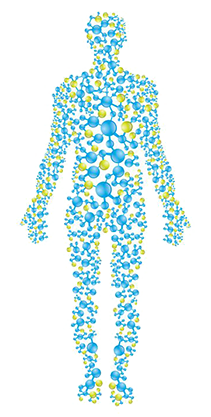One of the best ways to get rid of airborne mold is to prevent it from occurring at all. You can do this by vacuuming regularly, cleaning up spills as soon as you see them, and storing soft materials such as blankets, clothes, and stuffed animals in plastic bags to prevent moisture from reaching them. Dehumidifiers also work wonders for lowering your chances of mold growth.
One of the most common sources of airborne mold is via your air vents. What many homeowners don’t realize is that these vents accumulate a staggering amount of dust and mold spores. This means that every time they turn on, more mold is distributed throughout your home. You can prevent this from happening by having your vents cleaned as needed as needed and having them tested regularly. Many specialists are able to spray the newly cleaned vents with a special solution that helps enormously in preventing spore growth for much longer.
What about testing for airborne mold? There is something of a debate regarding whether or not one should choose home testing kits or just hire the professionals. Home testing kits are great if you simply want to test for how much mold is in your home, but their options tend to be limited and there’s no guarantee of an accurate reading. Professional mold testing companies, however, can not only test your home for airborne mold, but they can identify the exact species. This helps enormously in figuring out a way to isolate and remove the source of the mold.
Learn more today about how you can prevent airborne mold in your home. You would be surprised at just how much mold exists in one household. You can go for years without even knowing it exists. However, along with being sanitary, it can also do wonders for improving your health and the health of those around you. Act now and take charge of your health!
Call Today: (770) 991-6653
